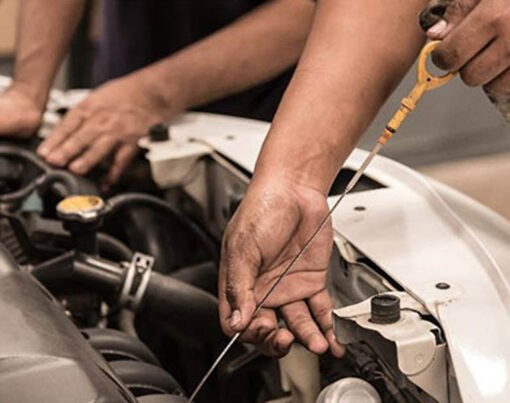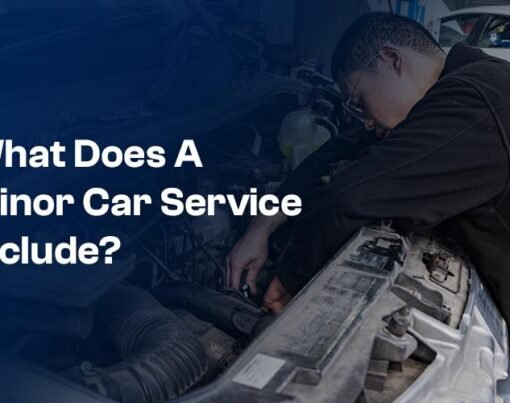Joseph Newgarden won the 2023 Indianapolis 500 in a dramatic finish to overtake reigning champ Marcus Ericsson in the final lap. This was in his Chevy-engined Team Penske car, bolstering him to his 29th win overall. Despite the whole grid being powered by Chevrolet or Honda engines, part of Newgarden’s success (along with fellow teammate Will Power) is due to the engineering expertise of the main sponsor Hitachi. The Japanese conglomerate’s global automotive branch Hitachi Astemo supplies the fuel system components for all the 700+hp 2.2 liter Chevy engines in the IndyCar series.
Table of Contents
Hitachi Automotive Systems Milestones
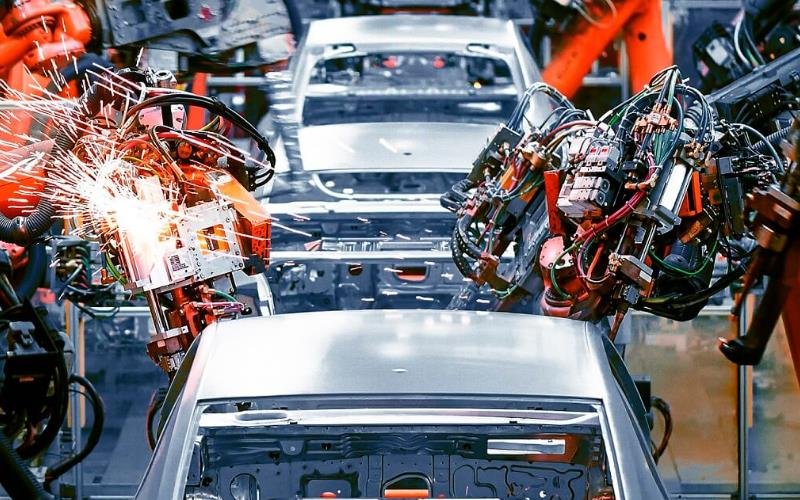
In its 100-year history, Hitachi has several firsts, both in the local Japanese market and globally. It started production in the 1930s with automotive electrical components, along with shock absorbers and brake systems. At the same time, the company also partnered with now giants Toyota and Honda to supply Hitachi auto parts and established the carmakers’ reputation for reliability, performance and value.
Notable products that came out of the local plants included the first IC-regulator-integrated alternators in 1970, the first electronic-control carburettors in Japan in 1978, and a year later, the world’s first electronic concentrated engine control units. The drive for technical innovation, engine efficiency and automated systems additionally provided parts that established Hitachi as a global leader in engine management systems (the world’s first hot-wire air flow sensors, the first photoelectric crank angle sensors, turbochargers for rotary engines), and electric motors and controllers in Nissan’s debut of one of the first EVs on the global market.
The changing automotive scene saw Hitachi pave the way for vehicle systems used in hybrid cars, with considerable research and investment in automation. Products of this era included electrically assisted actuation brake systems, semi-active suspension electronic control technology and extensive work leading to a selection of autonomous driving and secondary safety systems.
Brand Recognition and Credentials
The brand’s automotive arm also accumulated dozens of accolades, awards and recognition for quality and standardization. 1984 saw it receive the IR100 award for its hot-wire airflow sensors, 1995 the QS9000 certification in the US for quality system requirements, and the ISO14001 certification for environmental management systems. Add to this the ISO9001 certification across all its products as a recognition of quality control.
To secure its lead as a major automotive parts supplier, Hitachi teamed up with Honda to also include the latter’s sub-brands Nissin for brake calipers, Showa for suspension parts and Keihin in engine controls. This partnership, along with the acquisition of specialist parts makers has extended Hitachi’s global reach and the range of automotive products it produces.
Product Lines
Hitachi is extensively involved in all things automotive. The company has built its reputation around control systems and products used in internal combustion engines, a variety of engine and electrical components, as well as powertrain systems found in EVs. It also provides suspension parts, steering systems, transmission components, brake parts, and driver assistance systems for all vehicle types, Newer products center around innovative tech in autonomous driving, ECUs and software solutions, and over-the-air system updates.
Engine Management Systems
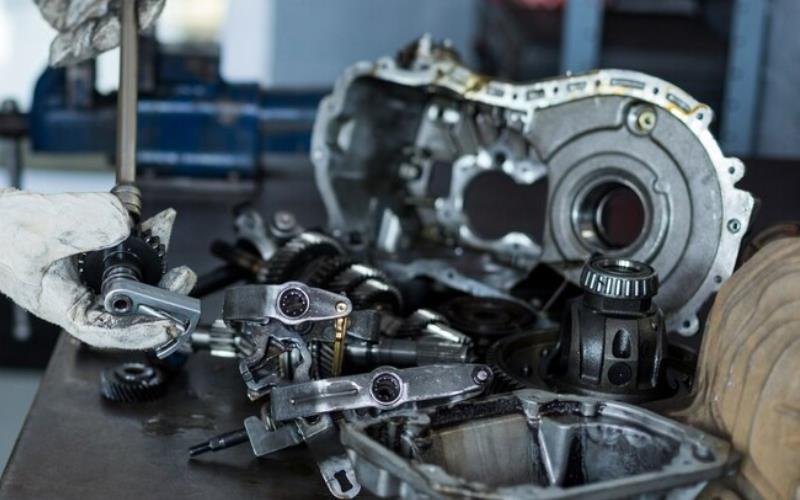
For optimal fuel efficiency, effective combustion and clean engine operation, choose from the range of Hitachi auto parts. This includes ECUs and transmission control units, high-pressure fuel pumps and direct injection injectors (like those in IndyCar), and a variety of intake and exhaust components and sensors. Let’s take a closer look.
The newest version of the company’s ECUs for direct injection engines maintains optimal engine operation and throttle response. Circuitry and software are constantly updated to meet strict emissions regulations. Hitachi has also been involved in the development of CVT controllers to ensure smooth gear shifts, optional engine speeds and increased passenger and driver comfort.
The tech in the company’s gas fuel systems, with fuel pumps and injectors, has been used in many racing applications. High-pressure fuel pumps supply up to 35MPa of compressed fuel to injectors, with amounts coordinated by the ECU. To reduce overall weight, Hitachi has additionally redesigned its pumps for a smaller footprint, and the lowest noise levels in the industry, while maintaining high flow rates.
Its fuel injectors have also been reworked to meet the highest performance requirements. A world-first is the tech behind the ultra-fine fuel mist with smaller fuel particles to maintain efficiency in a variety of engine sizes. This is paired with advanced valve mechanisms for improved performance in tuned engines.
In this context, the range of Hitachi car parts monitoring airflow has also expanded. Choose from airflow sensors for your vehicle to ensure optimal air-to-fuel ratios and reduced emissions, intake pressure control valves for controlled operating intake pressures, and cutting-edge technology seen in its electronic throttle bodies. To get the optimal amount of air into cylinders, and the right pressure and angles, also consider updating your vehicle with Hitachi intake manifolds.
Engine Components
When rebuilding or modifying engines for more power, or replacing worn parts that negatively eat into your vehicle’s performance, look to the range of engine internals. Here, customers can find pistons with innovative lubrication channels that maintain optimal engine temperatures and prevent increased wear and friction. Electric and mechanical water pumps circulate coolant at the correct pressure, and the range of Hitachi timing systems and controls, such as its electromotive VTC systems and solenoids increases power output across a wide power band. Of course, the company additionally caters to providing the spark in your engine, with a range of plug-top coils for enhanced ignition energy, high output and reduced fuel use.
Chassis Parts
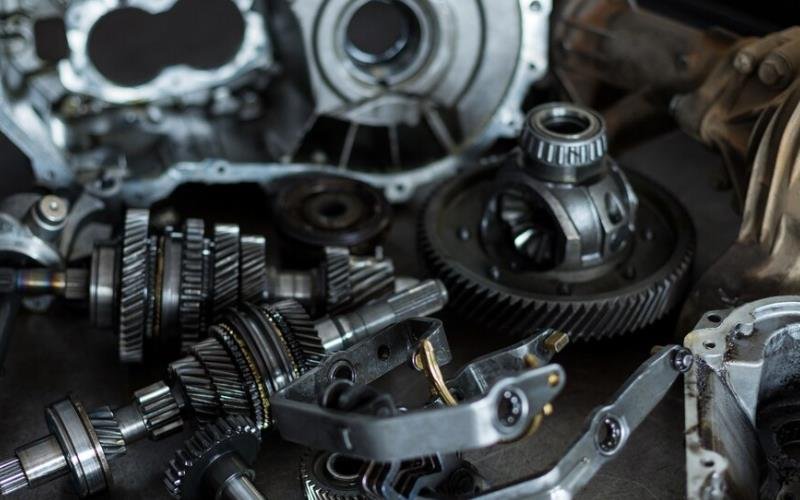
Collaboration has offered Hitahci the scope and expertise for advanced chassis parts and systems. Choose from the company’s wide range of suspension components, from struts, monotube shocks, frequency-reactive dampers and components used in adaptive systems for increased riding comfort and handling stability. To ensure that you get the best feedback through the steering wheel, also consider the steering systems that Hitachi offers for many vehicle categories.
Chassis components extend to differential gears and propeller shafts with included collision safety tech, and the selection of brake parts. A proprietary Hitachi solution is the electro-servo brake used in hybrids and EVs and compatible with its autonomous driving systems. There are also automated parking brakes for both disc and drum brakes, improved pedal feel and reduced braking times with Hitachi front and rear disc brakes, and reduced NVH levels and higher reliability in drum systems used in heavier vehicles.
High-Performance Aftermarket Parts
What sets Hitachi apart from many OEM parts suppliers is the need to go further and offer components exceeding OE requirements. The company’s range of high-performance electrical components is embodied in its permanent magnet and field coil HP starters for easy cranking, and high-capacity 100 Amp alternators for consistent power output in high-revving engines. It’s parts like these that see extensive use in tuned, and modded engines, and anyone needing more cranking power.
Summing Up
Hitachi Automotive is a global parts supplier, offering diverse product lines for a range of production, tuned and one-off vehicles. It’s no wonder they are standard equipment in all Japanese makes, but also local and high-end European car brands. With multiple production facilities worldwide, and a connected network of suppliers, parts are readily available. And if they’re good enough for IndyCar, they’re good enough for any car.

